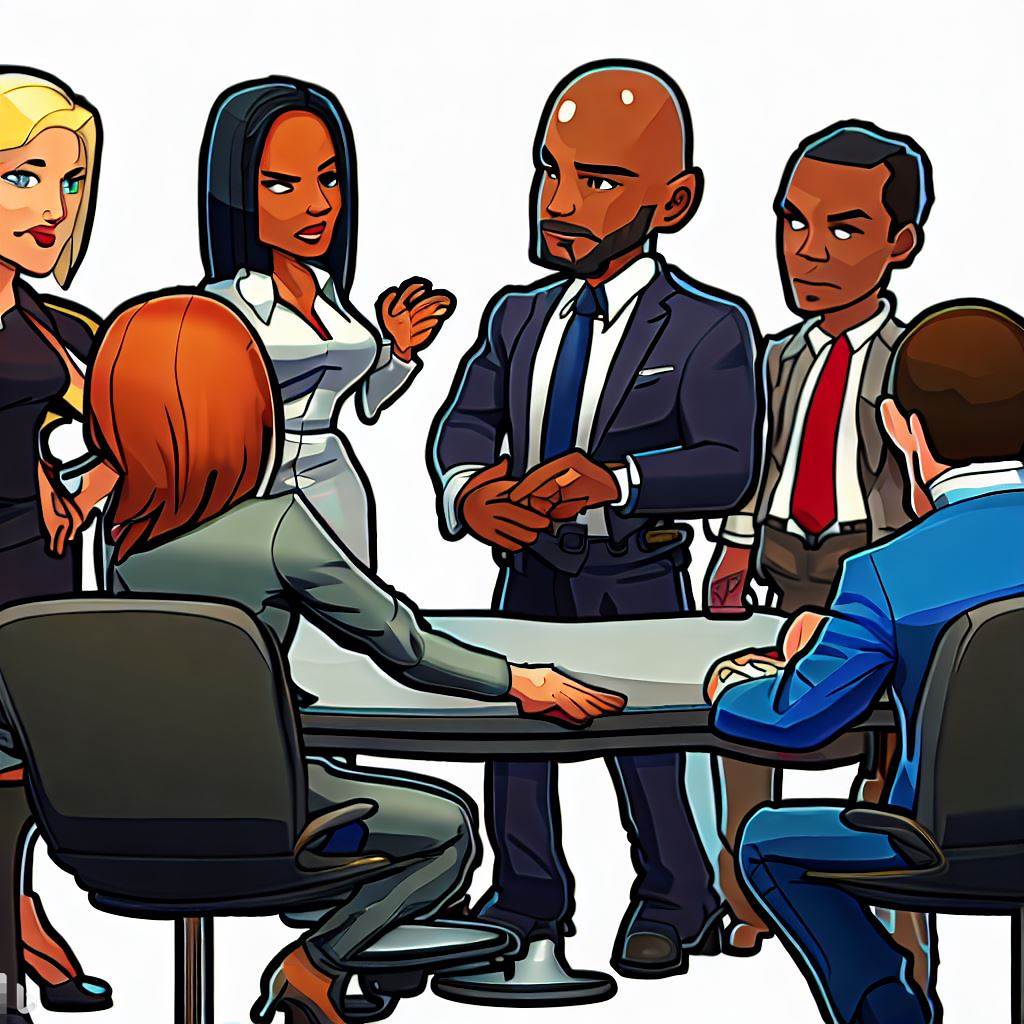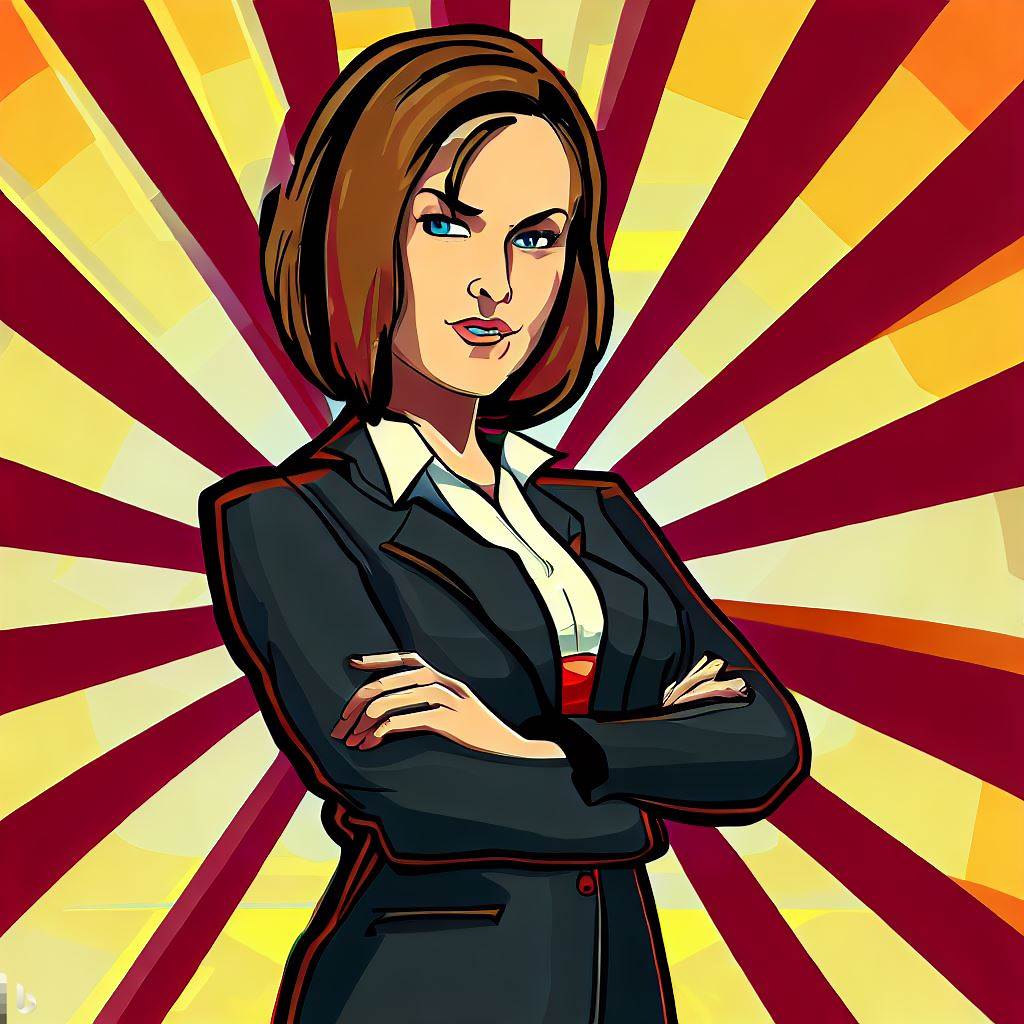Estimated reading time: 3 mins
Every professional has attended meetings that, despite good intentions, lacked the energy or effectiveness to result in impactful outcomes. It is a common scenario: an hour or more of discussion leaving you with the distinct feeling that nothing was accomplished except hot air filling the room. If you’ve felt that your meetings have been devoid of the spark necessary for constructive collaboration, this article is for you.

Over the years, I’ve observed a pattern among people who are inexperienced at chairing meetings. They tend to make two significant mistakes:
- The first is launching directly into the ‘content’ or the agenda without setting the context or initiating a brief, warm conversation with the meeting participants.
- The second is wrapping up meetings without clearly outlining actions, assigning responsibilities, setting target dates, and ensuring that everyone comprehends these action items.
Let’s not forget that the attendees of a meeting are, in the vast majority of cases, humans. Each participant carries their own unique set of worries, aspirations, and energies. When we overlook the human element in a gathering of individuals, we undermine the essential purpose of convening. The notion of ‘humanizing’ our meetings is, therefore, not just desirable, but integral.
I have developed a routine that aligns with this understanding. I start every meeting by celebrating a success achieved by the group or an individual or sharing positive news. This ice-breaker can range from discussing the previous night’s game to acknowledging someone’s personal triumph. The goal is to engage everyone with a relatable and uplifting subject, coaxing smiles and laughter before delving into the agenda.
The benefits of this approach are many:
- Firstly, it fosters increased engagement, especially from typically quieter participants who may find their voice during these informal conversations.
- Secondly, the overall body language of the group becomes more relaxed, creating a conducive environment for open dialogue.
- This positive vibe also serves as a handy reference point during the meeting, especially if the discussion requires a breather.
- Fourthly, it portrays the leader as a human, empathetic and relatable, strengthening bonds within the team. Lastly, it noticeably elevates the energy levels in the room, setting the stage for productive discussions.
Closing a meeting is just as crucial, if not more. At the end of the meeting, the ‘content’ phase may be complete, but the meeting isn’t. The closing phase of a meeting is where commitments are made and tasks assigned.
I always conclude a meeting by summarizing its content, which usually translates into a list of agreed-upon actions with their respective owners. This is the moment to discuss timeframes, creating a tangible commitment from everyone involved. I ensure that I maintain eye contact as we reach these agreements – a silent reinforcement of the promises made. This record of commitment is then shared with the group after the meeting.


In situations where I suspect an action item isn’t clear or hasn’t been understood correctly, I don’t hesitate to address it directly. An effective method to validate understanding is to ask the person assigned a task about their anticipated output – a report, a decision, a presentation, etc. Whatever it takes to ensure the subsequent steps have the highest likelihood of success, I will do it!
In conclusion, meetings are a vital aspect of professional life. Their success, however, lies not merely in ticking off agenda items but in harnessing the human elements that truly drive meaningful results. By incorporating a little warmth at the start, ensuring understanding, and eliciting commitment at the end, meetings can be transformed from obligatory calendar events to engaging, productive, and fruitful sessions.
Want an alternative view on how best to hold meetings? Then I recommend the following two books:
The Manager’s Guide to Effective Meetings (Briefcase Books)
